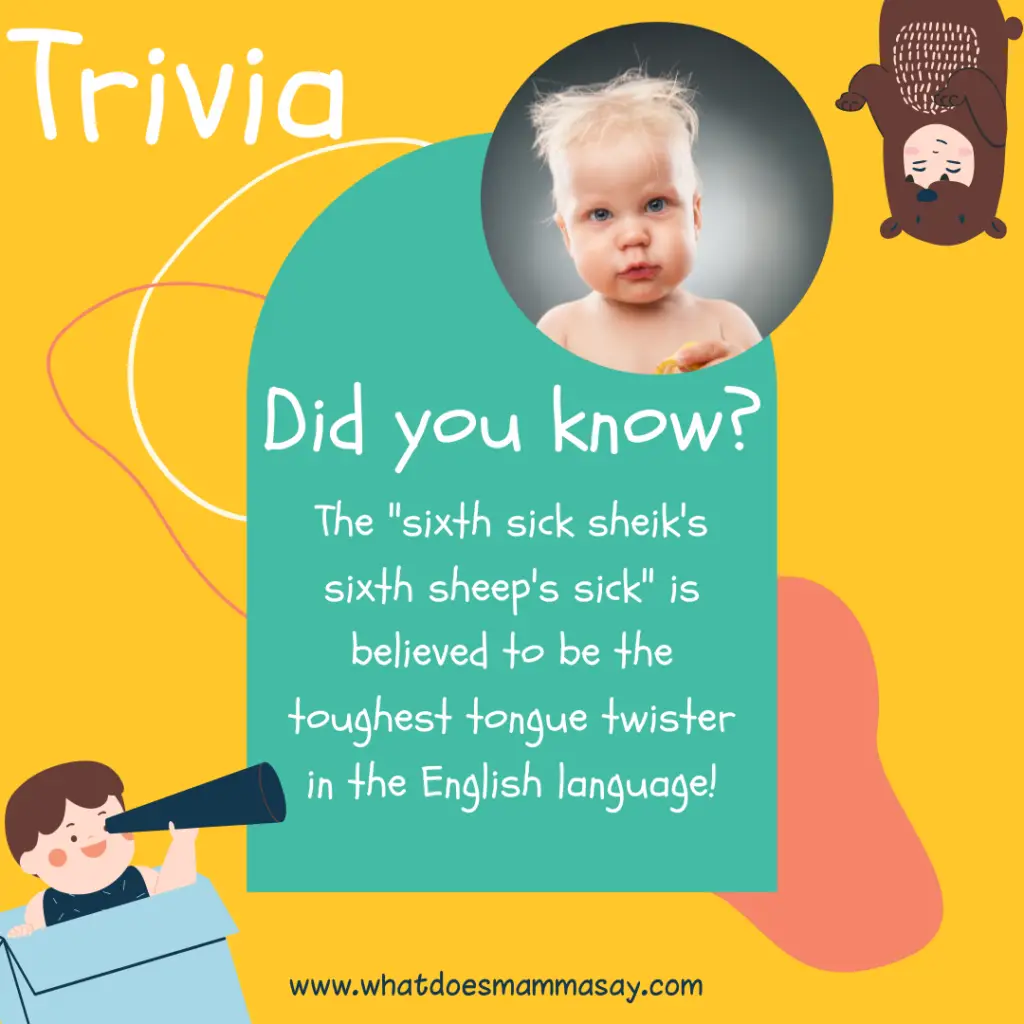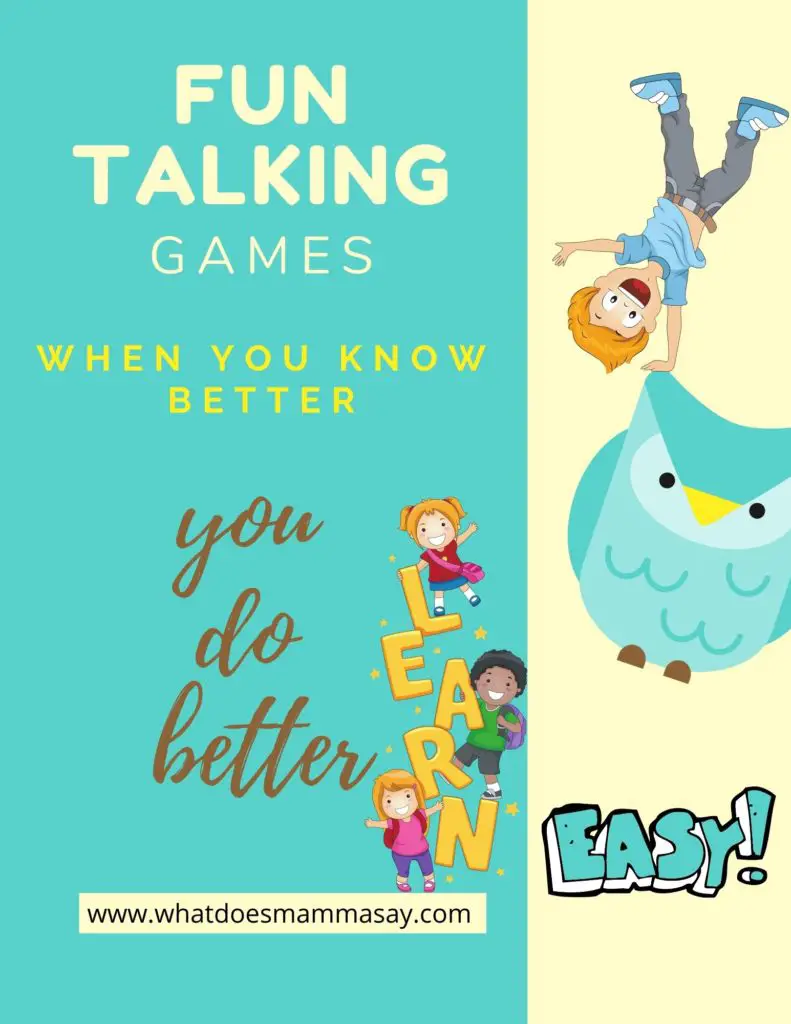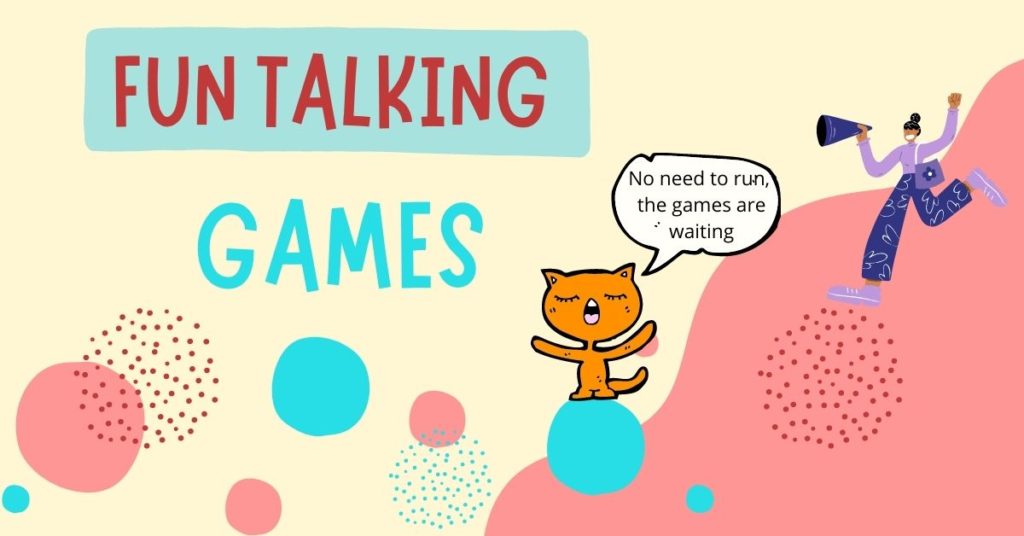Did you know that our number one fear is NOT death?
But fear of speaking in public!!
Addressing a crowd, no matter how big or small, seems quite scary. “What if I mumble? Or forget what I want to say?” These questions can be nerve-racking, but……….
(There is always a but)
…you can overcome this fear. By taking small steps!
Here are some fun talking games for kids that I used with my students to help them talk in English.
Without them realising, these games help students improve communication as well as presentation skills.
You could use them as homeschooling activities, simple indoor games, or to help children’s language development. For more information on literacy and language development, read about the 5 stages of literacy development in children.
My list of 5 fun talking games
1. Memories
This game is super fun and encourages children to talk about themselves, thus making it easier to express themselves. This talking game is very simple to set up:
- collect different objects of common use: pen, letter, spoon, card, scarf etc
- place them in a hat/box/basket
- invite each child to take an object and try to relate to it, either by referring to personal experiences or imaginary ones: “Whenever I see a spoon I think of…/ Chopsticks remind me of ..”
- You could start to set an example. Make it funny so that you break the ice in a relaxing way.
NOTE:
Younger children could collect personal objects and put them in a special container. You can do the same. Extract 1 object at a time and say why it is special to you/describe it. Or without looking, guess the object by simply touching it.

2. Tongue twisters
Who does not love a good tongue twister? Artists, news readers and bureaucrats use them as practice to prepare for a speech.
This fun talking game could help children practice speech muscles which lead to correct pronunciation. Moreover, it encourages reading and helps children discover which sounds are more difficult for them.
Setting up the game:
- project a list of /one tongue twisters on a wall/ board
- Two players are needed:one player will be the reader, the other one the conductor
- the conductor gives instructions on how to read: with a Russian accent, very fast, mumbling, very slowly, stuttering etc.
- children swap roles and read another tongue twister
3. One-word chain story
This is one my students’ favourite talking games. Because it if great fun. But I think also because they each get to contribute and create something together. This game could easily be used as a homeschool activity. For more homeschooling ideas, take a look at fun homeschooling activities!
How to play the game:
- divide the players in two teams/keep only one team and have them sit in two circles/one circle on the floor
- one student starts by saying a word ‘I”, the one sitting next to him continues “went”, then the next student adds one more word and so on
- ask students not to repeat the words used by others
- continue for about 2 minutes without interruptions (set a timer or ring a bell/buzzer)
- when the time is up, the two teams stop and tell each other their stories/one member retells the story
4. It’s in the headlines
Such a great talking game! Easily used with older children, this fun game can help children work together in a creative and cooperative way.
Setting up the game:
- cut out story headlines from magazines and newspapers/invite children to do it
- put them in a box/covered container
- divide the players in two teams
- also cut out pictures from magazines/newspapers/brochures etc. Make sure there is no writing on them.
- put the pictures in another container.
- give the box with headlines to one team and the one with pictures to the other team.
- have children extract one headline and three pictures.
- each team is given a time limit to create a piece of news based on the headline and the pictures extracted.
- present the news in a fun way (pretend to be news anchors; conversation between friends about the news they heard; make it into a reality show; editorial team discussing the news to include in the next issue etc)

5. Story substitutions
This is one of the fun talking games I would recommend you use with younger children. It is fun, it helps children practice storytelling and it is a creative follow up activity during shared reading sessions. For inspiration on great storybooks to read to kids, browse through our story books section!
- use a classical children’s story (The three little pigs, Goldilocks etc) and write the summary on a handout/on a board etc.
- when writing the summary, write in bold some of the key words/add pictures instead of words
- tell the children that the words in bold/pictures must not be read; they must be substituted with the word “Oink”
- read the story to your partner without stopping
- your partner must listen carefully and write down the missing words/guess them
- retell the story based on the written words/pictures
Conclusion
Each of the fun talking games above can be adapted to the level of the child and his interests, and can be expanded upon depending on their age, or simply used as a warm-up or as a fun speaking/writing activity.
Remember, always make learning fun!

Hi. I am Monica, an experienced ESL teacher and early years student, mother to a preschooler and passionate reader.


Love this list! Such fun ideas!
These are super great ideas. I am amazed at some of the memories that my little girl has. Can’t wait to try the memories game with her!
These are smart ideas and I loved reading it. I remember going on a long trip, the word chain story kept my son occupied for a long time